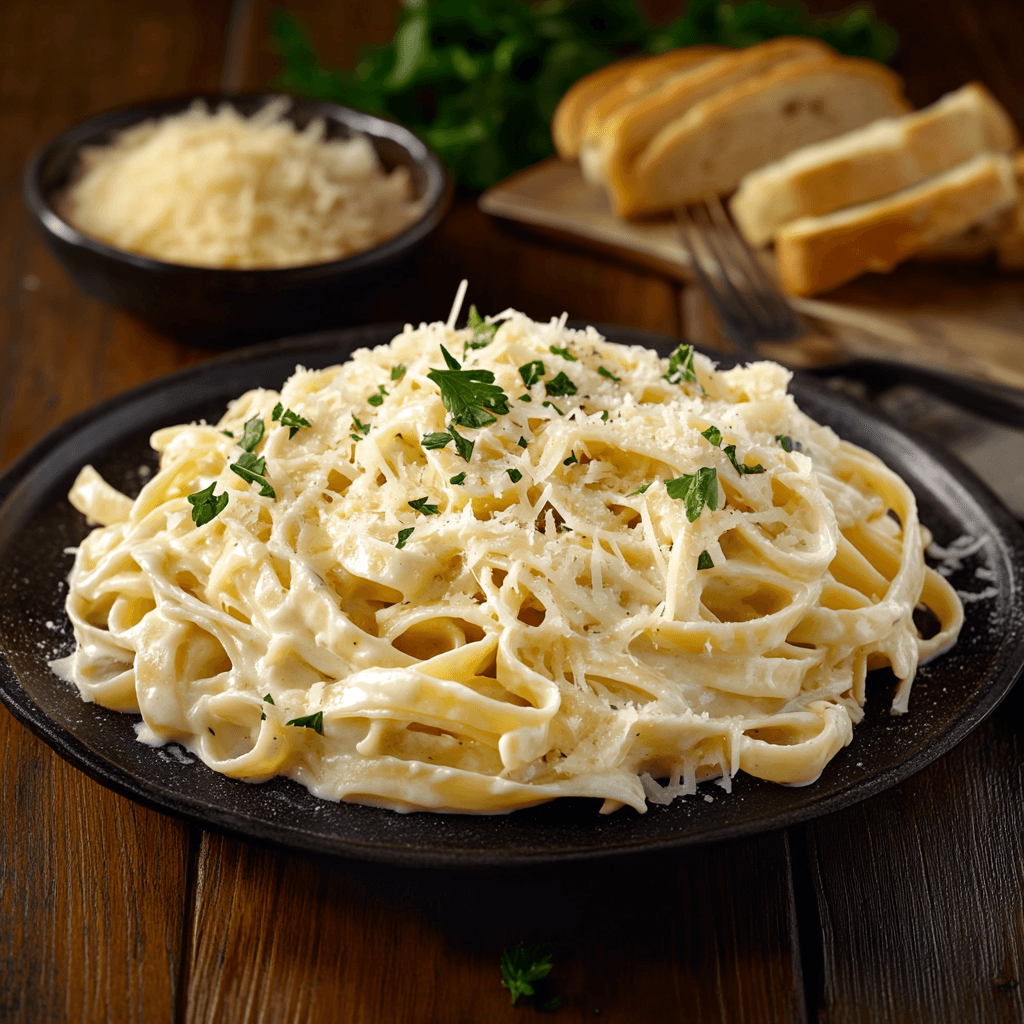When it comes to elevating any dish, Parmesan and Asiago are unmatched in their ability to provide flavor, texture, and authenticity. These two Italian cheeses, each with its unique characteristics, work together harmoniously to create a rich and satisfying experience for your taste buds. Whether grated, melted, or shaved, the Parmesan Asiago combination can transform everyday meals into gourmet delights.
This comprehensive guide will explore the origins, flavor profiles, culinary applications, and storage tips for Parmesan and Asiago, along with creative recipe ideas to inspire your next dish.
Origins of Parmesan and Asiago Cheeses
Parmesan (Parmigiano-Reggiano): The King of Cheeses
Parmesan, often called the “King of Cheeses,” is a hard, aged cheese produced in the Emilia-Romagna region of Italy. Its name is protected by a designation of origin (PDO), meaning authentic Parmesan must come from this specific region. The cheese is aged for a minimum of 12 months and sometimes up to 36 months, resulting in a hard, granular texture with a nutty, umami-rich flavor.
Asiago: The Versatile Italian Delight
Asiago originates from the Veneto and Trentino regions of Italy. Unlike Parmesan, Asiago comes in two main forms:
- Fresh Asiago (Asiago Pressato): A soft, mild cheese aged for about 20 days.
- Aged Asiago (Asiago d’Allevo): A harder cheese with a sharper, nuttier flavor that develops with longer aging periods (4–18 months).

Why Combine Parmesan and Asiago?
Complementary Flavors
- Parmesan brings a sharp, salty nuttiness that pairs beautifully with Asiago’s creamy tanginess. Together, they create a flavor balance that enhances any dish.
Texture Versatility
- Parmesan’s crumbly texture is perfect for grating, while Asiago’s smoother melt makes it ideal for sauces and toppings. This combination is perfect for recipes requiring both consistency and depth.
Authentic Italian Flair
- Using these cheeses in tandem provides an authentic taste of Italy, adding a touch of sophistication to your cooking.
🧀✨ Parmesan Asiago Cream Sauce ✨🧀
Ingredients:
- 2 tablespoons unsalted butter
- 2 garlic cloves, minced
- 1 tablespoon all-purpose flour
- 1 1/2 cups heavy cream (or half-and-half for a lighter version)
- 1/2 cup grated Parmesan cheese
- 1/2 cup grated Asiago cheese
- 1/2 teaspoon salt (adjust to taste)
- 1/4 teaspoon black pepper
- Pinch of nutmeg (optional, for depth)
- Optional garnish: Fresh parsley or extra grated cheese
Directions:
- Melt the butter: In a medium saucepan, melt the butter over medium heat. Add the minced garlic and sauté for 1-2 minutes, or until fragrant.
- Make the roux: Sprinkle the flour into the butter and garlic mixture. Whisk constantly for 1-2 minutes to cook the flour and create a roux.
- Add the cream: Slowly pour in the heavy cream, whisking continuously to avoid lumps. Cook for 2-3 minutes, or until the sauce begins to thicken.
- Melt the cheeses: Stir in the Parmesan and Asiago cheeses. Continue stirring until the cheeses are fully melted and the sauce is smooth.
- Season and finish: Add salt, black pepper, and a pinch of nutmeg (if using). Taste and adjust seasoning as needed.
- Serve and enjoy: Use this sauce immediately over pasta, drizzled over roasted vegetables, or as a dip for breadsticks. Garnish with fresh parsley or extra cheese for presentation.
Tips:
- Pair this sauce with fettuccine, gnocchi, or even baked chicken.
- Store leftovers in the fridge for up to 3 days and reheat gently over low heat.
Nutritional Information:
⏰ Prep Time | 5 minutes | 🔥 Cooking Time | 10 minutes | ⏳ Total Time | 15 minutes
⚡ 220 calories per serving | 🍽️ Makes about 2 cups
Bon appétit and happy cooking! 🧀✨
Culinary Uses of Parmesan Asiago
Whether you’re cooking a simple weeknight meal or preparing a dish for a special occasion, Parmesan Asiago fits seamlessly into a variety of recipes.
1. Pasta Dishes
Grate a blend of Parmesan and Asiago over classic pasta dishes like spaghetti, penne, or fettuccine. For extra flavor, try incorporating the cheeses directly into the sauce. Recipes like Lumache Pasta are a perfect base for this blend.
2. Pizza Toppings
Sprinkle Parmesan Asiago on your pizza before baking for a golden-brown, flavorful crust. The blend works especially well on white pizzas or gourmet options with toppings like prosciutto, arugula, or mushrooms. Explore more pizza inspiration in The Pizza Edition.
3. Soups and Risottos
Add depth to creamy soups or finish off a risotto dish with a generous sprinkle of Parmesan_Asiago. The sharpness of this complements the richness of risotto, while Asiago enhances the creaminess.
4. Salads
Shave it over fresh greens like arugula, kale, or mixed lettuce for a tangy, nutty twist. The combination pairs beautifully with vinaigrettes or creamy Caesar dressings.
5. Baked Goods
Incorporate Parmesan-Asiago into savory baked goods like breadsticks, biscuits, or scones. The cheeses add a buttery, cheesy flavor that’s irresistible.
6. Cheese Boards
Pair it with fresh fruits, nuts, olives, and cured meats for an elevated cheese board. This combination is ideal for wine nights, pairing beautifully with Italian reds like Chianti or Barolo.
Creative Recipes Featuring Parmesan Asiago
Parmesan Asiago Alfredo Sauce
- Melt equal parts Parmesan and Asiago in a saucepan with butter, cream, and garlic for a luxurious Alfredo sauce.
- Serve over fettuccine or as a dipping sauce for breadsticks.
Asiago Bread
- Add grated Parmesan Asiago to bread dough before baking for a cheesy, aromatic loaf. Serve with olive oil and balsamic vinegar for dipping.
Parmesan Asiago Mac and Cheese
- Upgrade your mac and cheese by mixing it into the béchamel sauce. The result is a creamy, gourmet take on a comfort food favorite.
Storing Parmesan and Asiago Cheeses
To preserve the quality of these cheeses, proper storage is key:
Refrigeration Tips
- Wrap the cheeses in parchment paper before placing them in a plastic bag or airtight container.
- Store in the refrigerator’s crisper drawer for the best humidity level.
Freezing Tips
- Grate Parmesan and Asiago before freezing to make them easier to use in cooking.
- Use frozen cheese within 6 months for optimal flavor.
Health Benefits of Parmesan and Asiago
While these cheeses are indulgent, they also offer several nutritional benefits:
Rich in Calcium and Protein
- Both Parmesan and Asiago are excellent sources of calcium and protein, promoting bone health and muscle repair.
Low in Lactose
- Due to their aging process, these cheeses are naturally low in lactose, making them easier to digest for those with lactose intolerance.
High in Vitamins
- They contain important vitamins like B12 and A, supporting energy levels and immune health.
Frequently Asked Questions (FAQs)
Can I substitute Asiago for Parmesan in recipes?
Yes, but note that Asiago has a milder flavor, so you may need to use a slightly larger amount to achieve the same intensity.
Is Parmesan Asiago a specific product or a blend I make myself?
While some stores sell pre-made blends, you can create your own by grating and mixing equal parts Parmesan and Asiago.
What wines pair well with this dishes?
Italian wines like Barolo, Chianti, or a light Pinot Grigio complement the nutty and tangy flavors of these cheeses.
Conclusion
Parmesan Asiago is a powerhouse duo that elevates any dish with its rich flavors and versatile textures. Whether you’re grating it over pasta, blending it into sauces, or using it as a pizza topping, this combination embodies the essence of Italian culinary excellence. Experiment with these cheeses in your favorite recipes and bring a taste of Italy to your table today!

6 thoughts on “Parmesan Asiago”